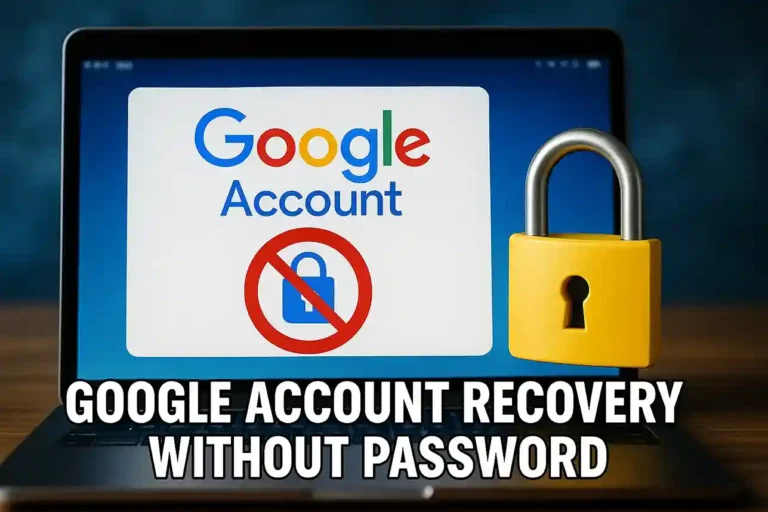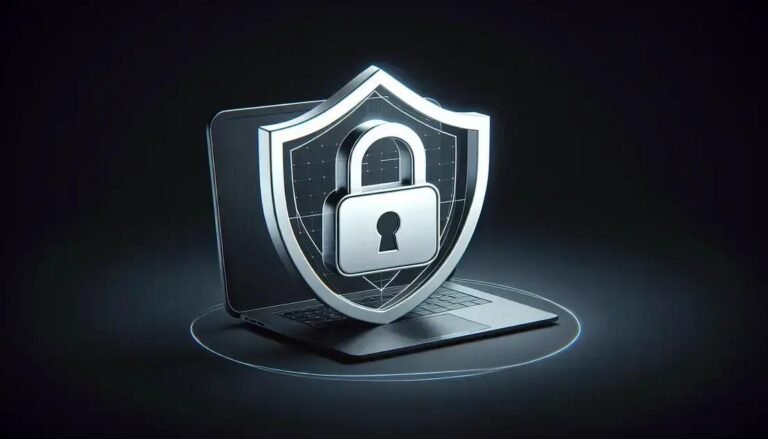Restore Deleted Photos in Just a Few Clicks
Image Recovery Apps have become essential tools for anyone who has ever lost precious photos. The thought of losing cherished memories can be distressing, right? These apps promise a straightforward solution to recover what’s gone. But how do they really work, and can they be trusted to retrieve your treasured snapshots?
Imagine accidentally deleting pictures from your last vacation, or losing them due to a device malfunction. Image recovery apps claim to swoop in like superheroes, rescuing your photos from the abyss. Yet, the plethora of options available might leave you wondering which one is worth your time and trust.
In this article, I delve into the mechanics of these recovery tools, highlight what features to prioritize, and provide guidance based on user experiences. You might be surprised at how much these apps can do to save your visual stories. Let’s explore their hidden potential together, shall we?
How Image Recovery Apps Work
Many users find themselves in a panic after accidentally deleting important photos. This is where image recovery apps come into play, offering a lifeline for lost images.
These apps are designed to scan your device’s storage and locate lost files, often using advanced algorithms that can search even the hidden areas of your device. Once files are identified, they can be restored with just a few clicks.
Key Steps of Operation
- Installation: Begin by downloading a reputable image recovery app from a trustworthy source.
- Scanning: Launch the app and initiate a scan of your storage. Some apps allow you to specify certain storage locations for a faster search.
- Review Results: Once the scan is complete, the app will display a list of recoverable files. Take your time to review these before proceeding.
- Recovery: Select the files you wish to recover and follow the on-screen instructions. Most apps provide a simple and straightforward process for restoration.
It’s important to note that the success of recovery can depend on how soon the attempt is made after deletion. Thus, prompt action is always advisable.
Understanding App Limitations
While these apps are incredibly powerful, they aren’t always 100% successful. Overwritten data, for example, might be beyond recovery. However, they remain a crucial tool for retrieving many lost files.
These apps not only offer peace of mind but also save time and money by protecting invaluable memories.
Top Features to Look for
When selecting an image recovery app, focusing on key features can ensure you get the best results. These apps come with a variety of tools that might appeal to different users. Identifying which features are most important for your needs is crucial.
One of the first features to consider is comprehensive scanning capabilities. The app should thoroughly search internal storage and external drives to uncover lost or deleted files. An intuitive interface that guides you through the recovery process is another vital feature. This ensures ease of use, especially for those new to such technology.
Essential Features
- File Preview: Before restoration, the app should allow a preview of recoverable files, helping you decide which are worth recovering.
- Support for Multiple File Formats: Look for apps that can recover various types of image formats, such as JPEG, PNG, and RAW.
- Quick Scan and Deep Scan Options: These options cater to users needing fast results versus thorough recoveries.
Another feature to consider is the app’s compatibility with different devices. Whether you’re using a smartphone, tablet, or computer, ensure that the app supports your device’s operating system.
Lastly, consider customer support and app reviews. Reliable customer support can assist with any issues, while user reviews provide insights into the app’s reliability and performance.
Common Challenges and Solutions
Using image recovery apps often seems straightforward, but users can face some common challenges. Addressing these issues with practical solutions makes the process more effective.
One frequent challenge is dealing with partial file recovery. Sometimes, files are recovered only partially or in an unusable state. This could be due to overwriting of the data. To minimize this risk, avoid using the device until recovery efforts are completed.
Another issue is compatibility. Some apps may not support all file formats or work across all devices. It’s crucial to select an app that matches your device’s specifications and supports varied file types like JPEG, PNG, and RAW.
Effective Solutions
- Error Messages: Encountering error messages during the recovery process is common. Ensuring your app is up-to-date can often solve these issues. Consult the app’s FAQ section or customer support for guidance.
- Limited Recovery Capability: If an app does not perform well, consider trying a different one. Apps vary in their abilities, and switching might lead to better results.
- Accidental Deletions: To prevent future loss, establish a regular backup routine using cloud services. This provides an additional safety net for your files.
While these challenges can seem daunting, knowing the right steps can make recovery much simpler and more effective.
User Reviews and Recommendations
User reviews play a crucial role in choosing the right image recovery app. They provide real-world insights into the app’s performance, features, and reliability. Exploring these reviews can guide you toward making an informed decision.
Many users appreciate apps with easy-to-navigate interfaces. An intuitive design can significantly enhance the user experience, especially for beginners. Reviews frequently praise apps that offer seamless navigation and clear step-by-step guidance.
Listening to User Feedback
User recommendations often highlight the importance of customer support. A responsive support team is invaluable when encountering issues. Apps that boast fast and effective support are generally rated higher by users, as they help resolve problems swiftly.
Performance is another critical factor in user reviews. Many recommend apps that consistently retrieve files accurately. Users tend to favor apps with high success rates in recovering a wide range of file formats.
- Trustworthiness: Apps with a proven track record often receive positive reviews for safety and reliability.
- Feature Variety: Users often recommend apps with versatile features, allowing customization according to user needs.
Reading user reviews lets you assess the pros and cons of each app from a perspective similar to your own, enabling you to choose an app that aligns with your expectations and requirements.
FAQ – Frequently Asked Questions About Image Recovery Apps
How do image recovery apps work?
Image recovery apps scan your device’s storage to locate and restore lost or deleted images using advanced algorithms.
What should I look for in an image recovery app?
Look for comprehensive scanning capabilities, multiple file format support, an intuitive interface, and effective customer support.
Why can’t I recover some of my images?
Images that have been overwritten or partially corrupted might not be recoverable. Acting quickly after deletion increases success rates.
Can these apps recover images from all types of devices?
Most apps support a range of devices, including smartphones, tablets, and PCs, but always check compatibility before choosing an app.
Are free image recovery apps reliable?
Free apps can be useful, but they might have limitations. Reading user reviews and understanding feature constraints can help you choose wisely.
What’s the success rate of these apps?
Success rates can vary. Apps with higher recovery capabilities often receive better user reviews, though specific results depend on the state of your files.






